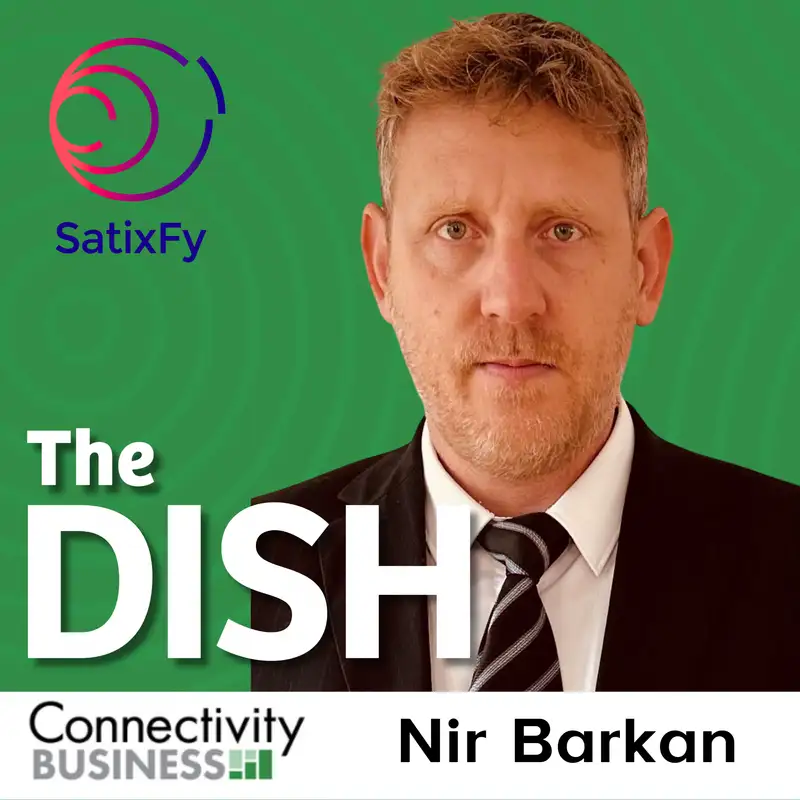Podcast: Direct-to-device a ‘gold rush’ for space industry
Ubiquitous connectivity demand is spurring competition among satellite operators and leading to increased network complexity and new capabilities like direct-to-device.
Accommodating rising data needs is complicated, Nir Barkan, chief executive at Jerusalem-based SatixFY, which develops communications technologies, tells Connectivity Business News during this episode of “The Dish” podcast.
Canadian satellite operator Telesat on Nov. 4 announced it awarded SatixFy a $39 million contract to develop landing station basebands for Telesat’s planned Lightspeed low Earth orbit (LEO) megaconstellation.
Barkan tells CBN that Telesat’s planned 198-satellite Lightspeed constellation is likely to require hundreds of landing station basebands, which receive signals from a constellation and process the data before rerouting it to the end-users on the ground.
“The requirements of Telesat for Lightspeed are extremely complex,” Barkan says. “The Lightspeed system really pushes the limit of current technology involving numbers, transceivers and the deep duplex capacity it requires.”
Barkan expects Telesat to be a “very strong player” in the LEO broadband market, which includes Starlink and Amazon’s Kuiper.
The emerging satellite direct-to-device (D2D) market is, in part, behind the move toward large constellations, he says, noting that connectivity will soon be available everywhere all the time.
While Telesat has no plans to enter the D2D market, SatixFy is in talks with other constellation operators that are, Barkan says. He said he expects more D2D customers in 2025, without offered specifics.
“With more and more companies building networks to support [D2D], it will eventually expand broadband connectivity everywhere, This trend is becoming the new gold rush for the space industry,” he says.
Tune into this episode of “The Dish” to hear the full conversation with SatisFy’s Barkan.

